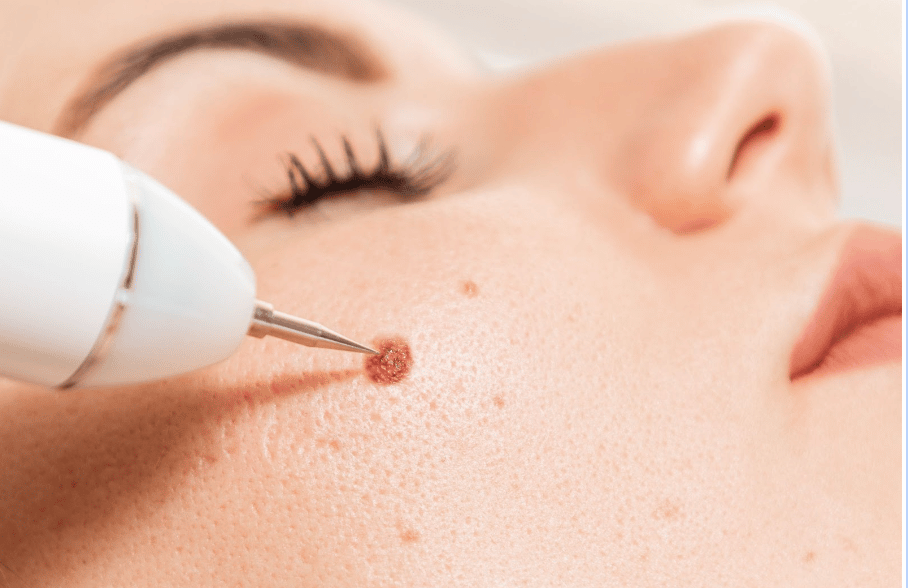Mole removal is a common cosmetic procedure that can enhance your appearance and boost your confidence. However, there are various methods available, each with its own advantages and disadvantages. For those seeking mole removal in Riyadh, experienced dermatologists provide various treatments tailored to your skin needs. This guide will delve into the key differences between surgical and non-surgical mole removal in Riyadh, helping you make an informed decision based on your specific needs and preferences.
Surgical Mole Removal
Surgical mole removal involves physically cutting out the mole using a scalpel. It's a more invasive procedure that typically requires anesthesia, either local or general, depending on the size and location of the mole.

Advantages of Surgical Mole Removal:
- Complete Removal: Surgical excision ensures complete removal of the mole, including its roots, minimizing the risk of recurrence.
- Suitable for Large Moles: This method is ideal for larger moles or those with irregular shapes.
- Tissue Biopsy: Surgical removal allows for a biopsy of the tissue, which can be essential for diagnosing any potential cancerous or precancerous conditions.
Disadvantages of Surgical Mole Removal:
- Invasive: Surgical excision involves cutting into the skin, which can lead to scarring.
- Anesthesia: The procedure requires anesthesia, which may carry risks for some individuals.
- Recovery Time: Surgical mole removal typically requires a longer recovery period compared to non-surgical methods.
Non-Surgical Mole Removal
Non-surgical mole removal methods offer less invasive alternatives for removing moles. These techniques often involve minimal discomfort and shorter recovery times.
Popular Non-Surgical Mole Removal Methods:
- Laser Removal: A laser beam is used to destroy the mole tissue without cutting into the skin. It's suitable for smaller, flat moles.
- Shave Excision: The mole is shaved off at skin level using a surgical blade. This method is often used for raised moles.
- Cauterization: A hot instrument is used to burn off the mole. It's suitable for smaller, raised moles.
Advantages of Non-Surgical Mole Removal:
- Less Invasive: These methods typically involve minimal discomfort and scarring.
- Shorter Recovery Time: Non-surgical mole removal often allows for a quicker healing process.
- Suitable for Smaller Moles: They are ideal for smaller, flat moles.
Disadvantages of Non-Surgical Mole Removal:
- Risk of Recurrence: There's a higher risk of recurrence with non-surgical methods, especially for larger or deep-rooted moles.
- Limited Tissue Biopsy: Non-surgical methods may not provide enough tissue for a biopsy, making it difficult to diagnose potential cancerous or precancerous conditions.
Choosing the Right Method
The best mole removal method for you depends on several factors, including:
- Size and Location of the Mole: Larger, irregular moles may require surgical excision, while smaller, flat moles can often be removed non-surgically.
- Your Skin Type: Your skin's sensitivity and healing capabilities can influence the choice of method.
- Desired Outcome: Consider your cosmetic goals and the potential for scarring.
- Risk Tolerance: Assess your comfort level with invasive procedures and anesthesia.
It's essential to consult with a qualified dermatologist in Riyadh to discuss your options and determine the most suitable method for your specific needs. They can provide a personalized recommendation based on their expertise and your individual circumstances.
Remember, the goal of mole removal is to enhance your appearance and maintain your health. By understanding the differences between surgical and non-surgical methods, you can make an informed decision and achieve the desired results.




Comments